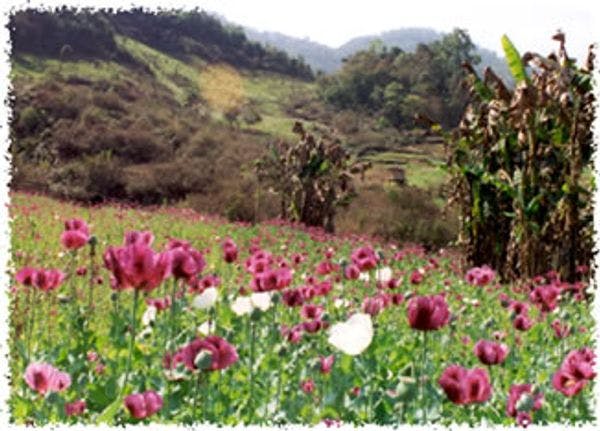Wikimedia Commons - United States Government
A day in a life of a woman opium poppy farmer in Myanmar
There is genuine hope that by sharing her story as a woman who grows opium, Nang Kham could help encourage other women farmers to speak out, and encourage the wider community to realise the collective benefits of gender equality.
Nang Kham (a pseudonym) is 32 years old and lives with her husband and two children in a mountainous village in southern Shan State, Myanmar. Like many women around the world, she bears a disproportionate share of household work. She is also one of the tens of thousands of women who cultivate opium as a means of survival in Myanmar. She lives in a high-altitude area, where opium fields stretch out as far as the eye can see.
Cultivation for household needs such as traditional medicines has been common in Nang Kham's village for some time, but larger scale cultivation is a relatively new phenomenon. The violence and insecurity that followed the conflict in the late 1990s forced Nang Kham and her fellow villagers to flee.1 When they returned years later they discovered that all their crops and domesticated animals had disappeared. The only viable cash crop at the time was opium. It grows relatively quickly, is low in volume and high in value and traders come to the village so there is no need to travel to the nearby market. And as the roads are in bad shape, and conflict sporadically flares up, opium was and is a life saver cash crop.
Nang Kham earns more than 70 percent of her annual household income with one season of opium cultivation and harvesting per year. Most of this income is spent on food, healthcare, and education. She also grows a small amount of food for household consumption, as well as tea and coffee to be sold to local cooperatives.
